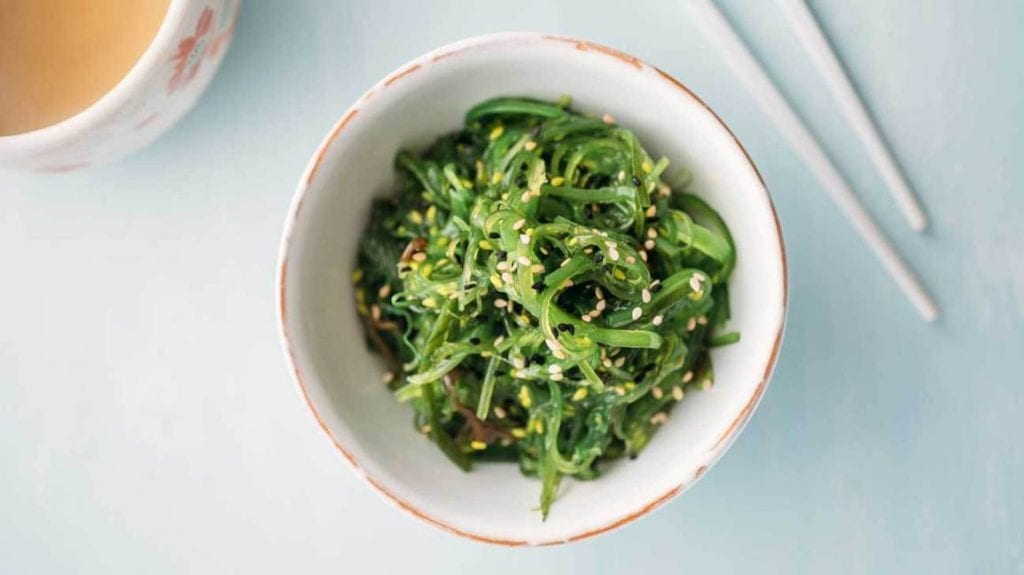
Many of us know what seaweed is, but for those of us that don’t, seaweed is a form of marine plants and algae that grow in salty water. It is traditionally found in Asian-cuisine, but it has found its way into western dishes as well. It’s unsurprising to see it grow in popularity as the delicious umami-flavored ingredient is low in calories and packs a serious nutritional punch.
So why is it so important to incorporate it into our diets in moderation? We have been eating seaweed for centuries, and some researchers suggest that we have seaweed to thank for our highly evolved brains. But due to potentially high arsenic and iodine levels, we need to take in consideration how much we’re eating.
Seaweed Delivers Plenty of Nutrients in Very Few Calories
By sprinkling some seaweed into your salad, you’ll be boosting your dose of disease-fighting nutrients, including essential amino acids, antioxidants, omega-3 fatty acids, vitamins, minerals, and dietary fiber.
Don’t Go Overboard
While the high levels of iodine we can obtain from eating seaweed have a huge benefit for growing brains, consuming too much iodine can be harmful. Some kelps, a type of seaweed often consumed as a supplement, contains very high amounts of iodine, and eating too much can affect your thyroid function and possibly lead to thyroid cancer. As iodine content can vary greatly and supplements deliver a large dose, it’s best to not go overboard on kelp.
Another type of seaweed, Hijiki, contains high levels of arsenic, a heavy metal which can act as a carcinogen in the body. For this reason, it is advised to avoid eating Hijiki seaweed. Hijiki is easy to spot because of its distinctive black and shredded appearance. It’s mainly added to Japanese and Korean soups and salads but is not used to make sushi.